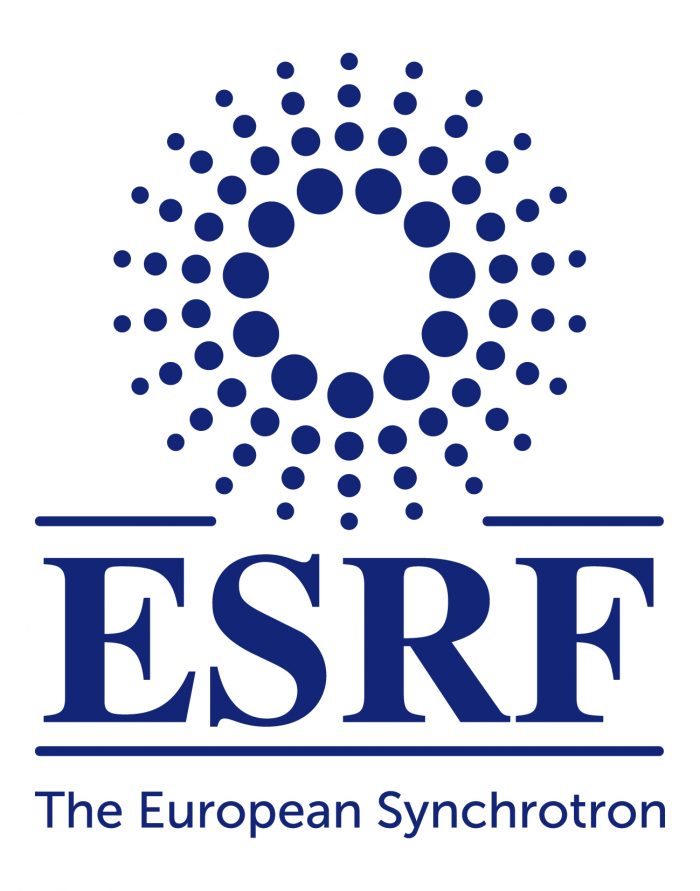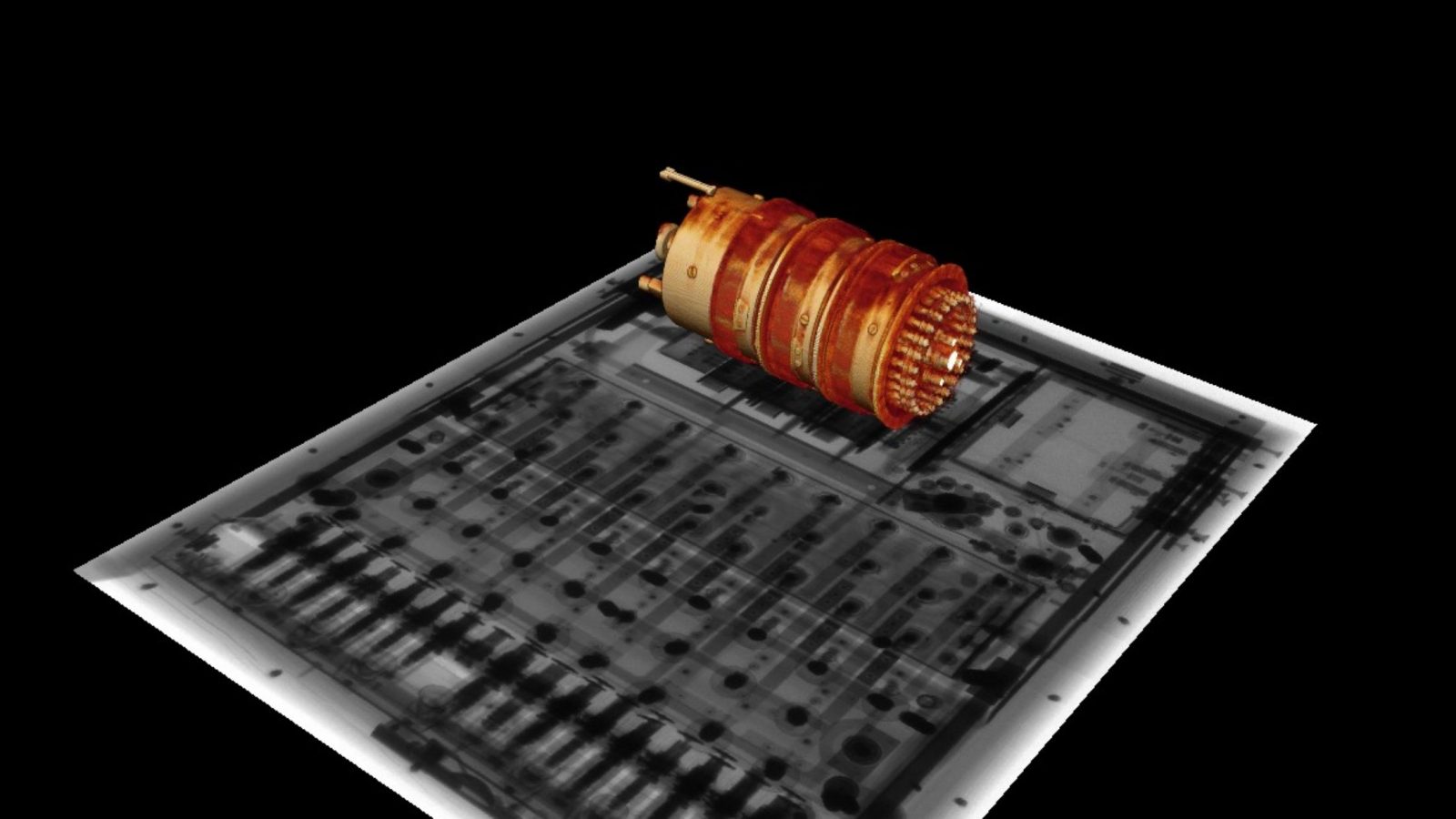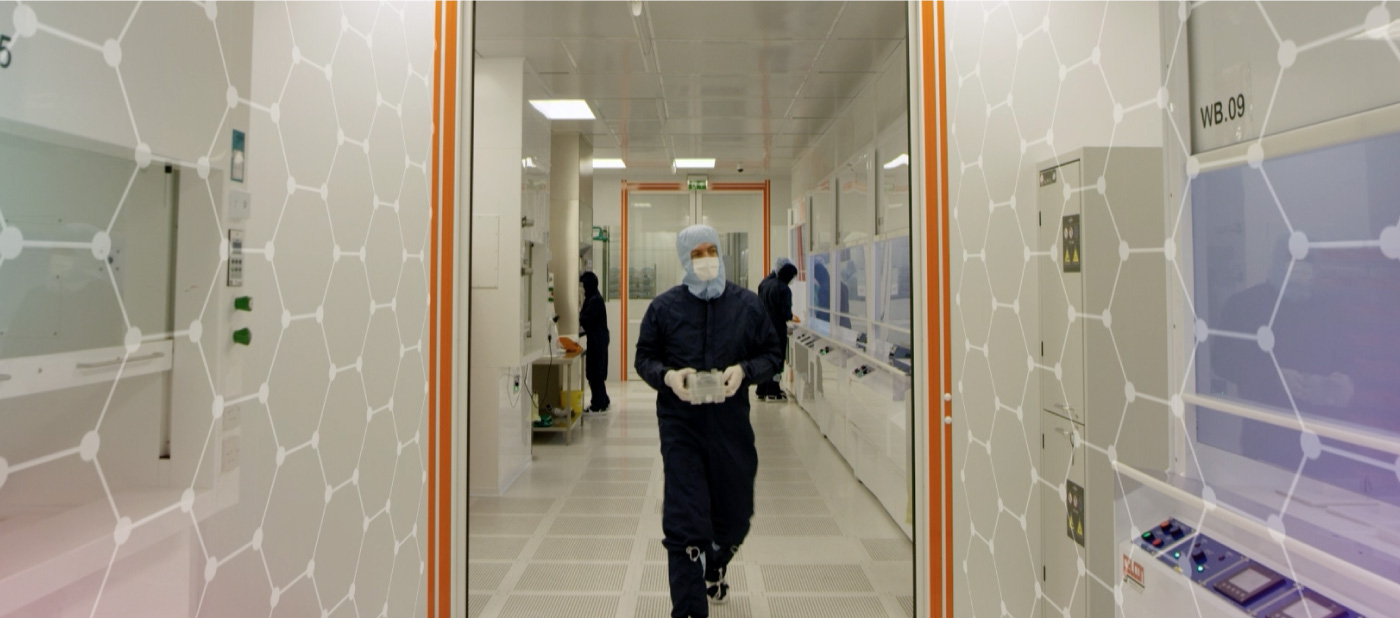Henry Royce Institute Chief Scientist Professor Phil Withers has been awarded a £1.6 million grant by the Engineering and Physical Sciences Research Council (EPSRC) for a project funded as a part of their International Centre to Centre Research Collaborations call.
The project intends to increase, by up to a million-fold, the volume of manufactured materials that can be X-ray imaged to identify defects. Focusing on battery, composite materials and additive (3D printed) manufacturing, this will guide the manufacturing of new products and improve their performance.
The research will link the NXCT (National Research Facility for X-ray Computed Tomography) with the ESRF (The European Synchrotron Radiation Facility) in France.

The NXCT, hosted at the Royce Hub building in Manchester, brings together capability in lab-based X-ray Computed Tomography (XCT) from the universities of Manchester, Southampton, Warwick, University College London and Diamond Light Source to provide new and existing users with access to world-leading 3D imaging and data analysis facilities.

The ESRF is an international research facility supported by 22 countries, based in Grenoble, France. The ESRF is recognised as a global leader in its field, welcoming more than 7.000 scientists every year, from all over the world, from academia and industry, to study the inner structure of materials and living matter down to the atom.
The full summary of the project can be read below:
Manufacturing by Design
Led by: Professor Philip Withers, The University of Manchester
Partners: European Synchrotron Radiation Facility (France)
EPSRC funding: £1.6 million
Our ability to locate, small critical defects in highly engineered materials, such as in batteries and composite materials, is limited by the fact that current methods using X-Ray CT can only identify them accurately in small-scale samples. This means that the defects identified and addressed in an additively manufactured test sample, for example, can be very different to those that would appear in an engineering component made using the same process. In lithium-ion batteries such critical defects have led to issues such as the thermal runaway identified, where heat from a failing cell caused both itself and surrounding cells to fail, leading to rapid overheating.
This collaboration aims to increase the volume of material that can be X-ray imaged to identify defects by up to a million-fold as well as improving our understanding of how defects are introduced during manufacture and assembly. Focusing on additive manufacturing, composite materials manufacturing and battery manufacturing, the researchers also aim to identify the evolution of defects through different processes and design smarter manufacturing techniques tailored to meet the needs of individual parts and architecture and reduce the instance of defects.
An excerpt from UKRI’s press release regarding the projects and funding can be read below.
UKRI’s announcement can be accessed in full here
Leading UK researchers will work with international collaborators to develop the technologies of tomorrow, including ultracold molecule quantum computing, advanced emission sensors and cyber-secure electric vehicles.
Collaborators range from NASA and the Massachusetts Institute of Technology (MIT) in the US to Australia’s University of Sydney, Japan’s Riken and the Max Planck Institute of Molecular Physiology in Germany.
Science Minister George Freeman said:
“From improving cancer treatment and generating clean growth to designing the communication networks of tomorrow, UK science, technology and innovation is developing pioneering solutions to the some of the world’s greatest challenges.
“These 12 international projects will harness the expertise of the UK’s world-leading researchers and global collaborators, helping us accelerate our path to an innovation nation and underline our position as a science superpower.”
The 12 projects are funded by a £17 million investment from the Engineering and Physical Sciences Research Council (EPSRC), part of UK Research and Innovation (UKRI), with partners providing cash and in-kind contributions.
Each brings together some of the world’s leading research groups, in the UK and internationally, to catalyse cutting-edge research and develop engineering and technological applications.
They include three quantum science and technology projects which build on the UK’s £1 billion public and private investment in this field as part of the National Quantum Technologies Programme, including a £650 million investment through UKRI.
EPSRC Executive Chair Professor Dame Lynn Gladden said:
“From better, cheaper medicines to powerful quantum computers and next-generation communications networks, these new technologies have the potential to transform the way we live.
“By bringing together world-leading researchers to deliver ground-breaking science and engineering solutions, these projects will generate impact that will be felt across all of society.”



